Affiliate links on Android Authority may earn us a commission. Learn more.
Samsung Galaxy Fold issues: What's happening, what is Samsung doing about it?
April 23, 2019
Oh dear. Samsung’s flexible smartphone, the Galaxy Fold, finally shipped to reviewers this week. Years in the making, the first of its kind, the Fold was expected to be the spark that reignited the stagnating mobile market.
It may have some big problems.
Several tech outlets have mentioned issues with the device after only days of use. These aren’t the kinds of software bugs that could be addressed in a day-one patch, either. These are certifiable deal-breakers.
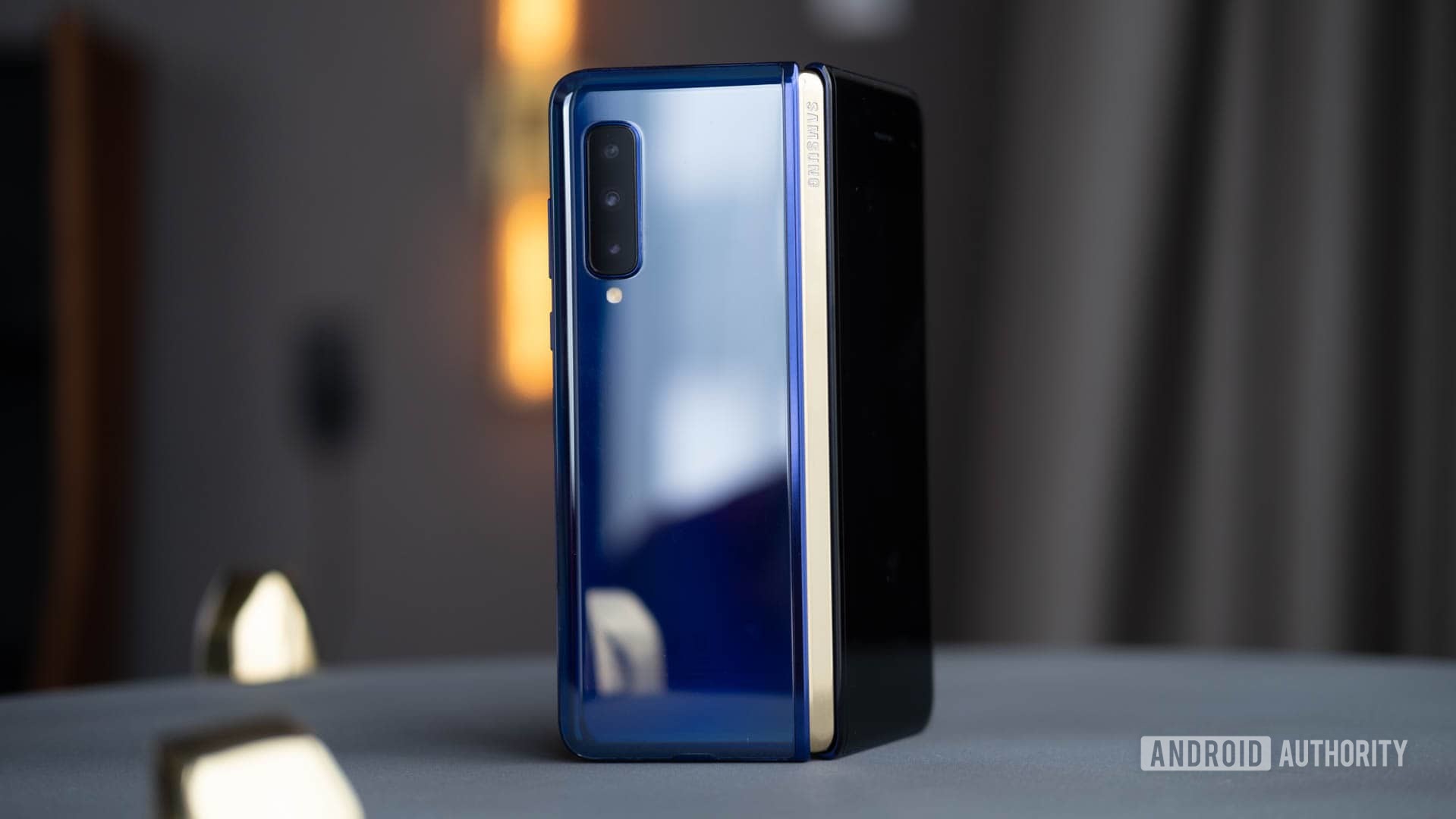
The affected phones may simply be part of an unfortunate minority of faulty pre-production units, but with one week left before the Galaxy Fold is released to the general public, it’s a worrying development. Let’s look at what’s happened so far.
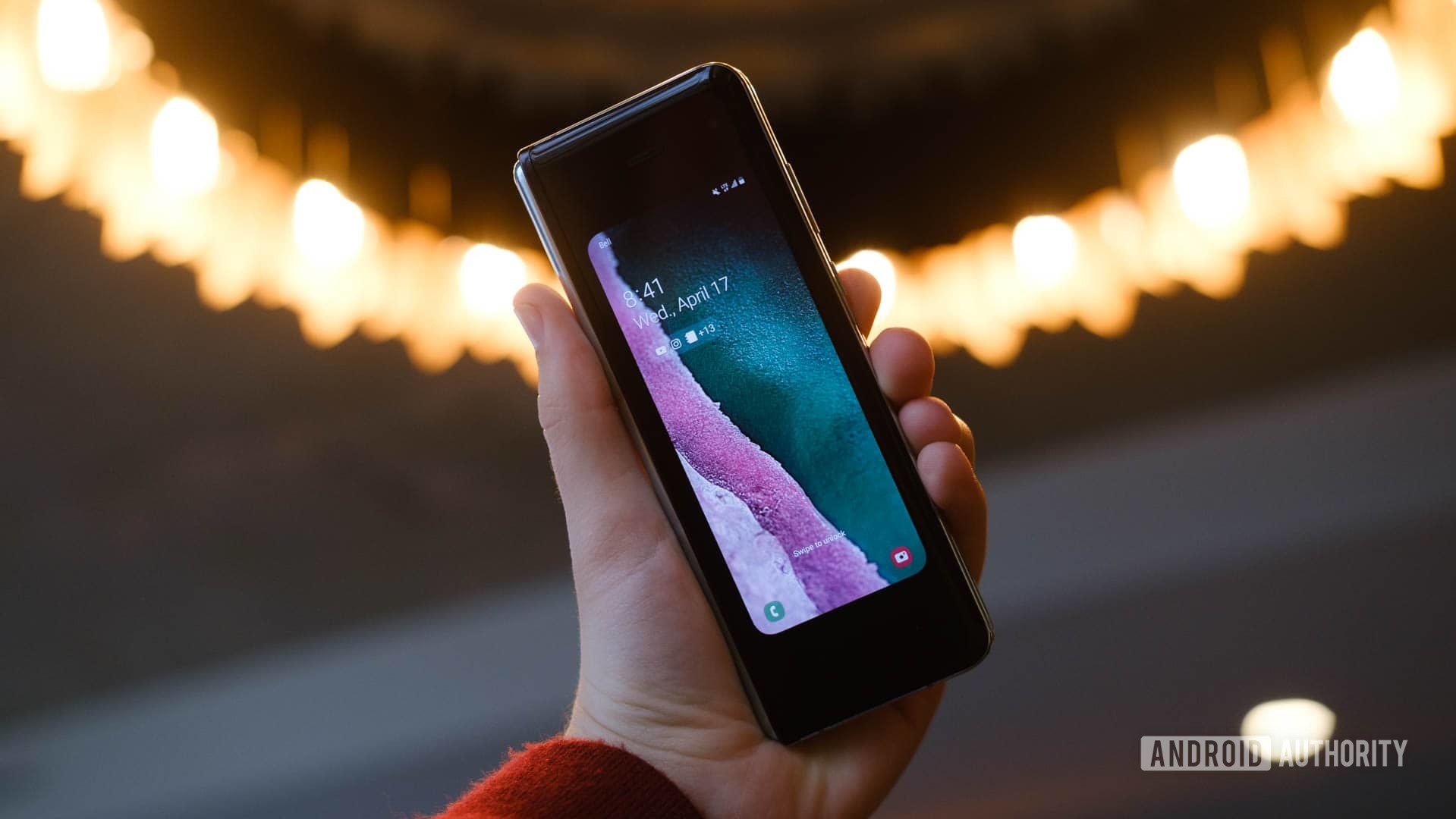
The problems
Four sources have noted the problems at the time of writing. All are significant, though two of them may be directly related to misuse (more on that below). The major Galaxy Fold issues so far relate to its screen. In some cases, they have made the smartphone unusable. These are:
- Screen flickering or blacking out.
- A bump or bulge appearing under the display.
In two of the cases, problems started when the user removed the protective film layer covering the Fold’s display. It looks like this protective layer is important to maintaining the integrity of the screen and we have now learned it must not be removed.
After one day of use… pic.twitter.com/VjDlJI45C9— Steve Kovach (@stevekovach) April 17, 2019
Samsung will include a warning with retail Galaxy Fold units not to remove the screen protector, but this warning did not come with review units.
What’s causing the issues?
We don’t yet know exactly what has caused the screen mishaps, but problems appear to be related to hardware rather than software. As folding displays don’t have have a layer of inflexible glass protection like other smartphone screens, they’re said to be less likely to crack; perhaps they’re also more likely to fall victim to other types of breakage, though.
The Verge speculates the screen bump that occurred on its unit (seen below) may be related to grit, or some other pocket-dwelling body, becoming lodged beneath the screen and eventually pushing through it. That, or part of the hinge mechanism breaking loose on the inside. The Verge didn’t remove the protective film from its device.
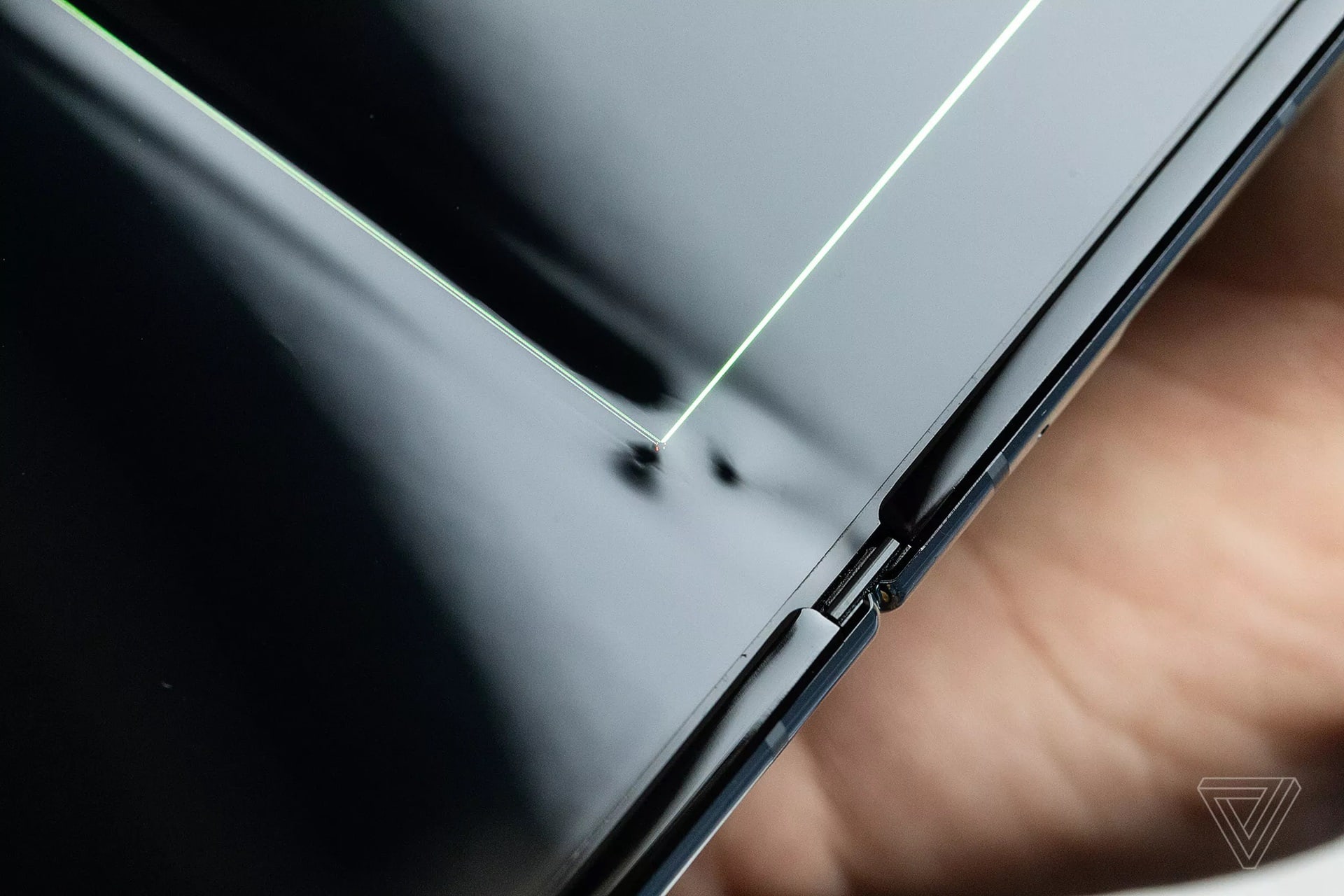
CNBC’s flickering unit appears to have sustained some kind of physical damage. Other Samsung Galaxy screens are said to have started flickering after being damaged in the past. We’ve reached out to some display specialists for more on the causes behind it and will update this page should we receive a response.
Is this a big deal?
It’s almost impossible for a manufacturer to guarantee every smartphone it ships functions correctly. Problems can occur — particularly when dealing with a new product category, and especially when dealing with early models sent to reviewers.
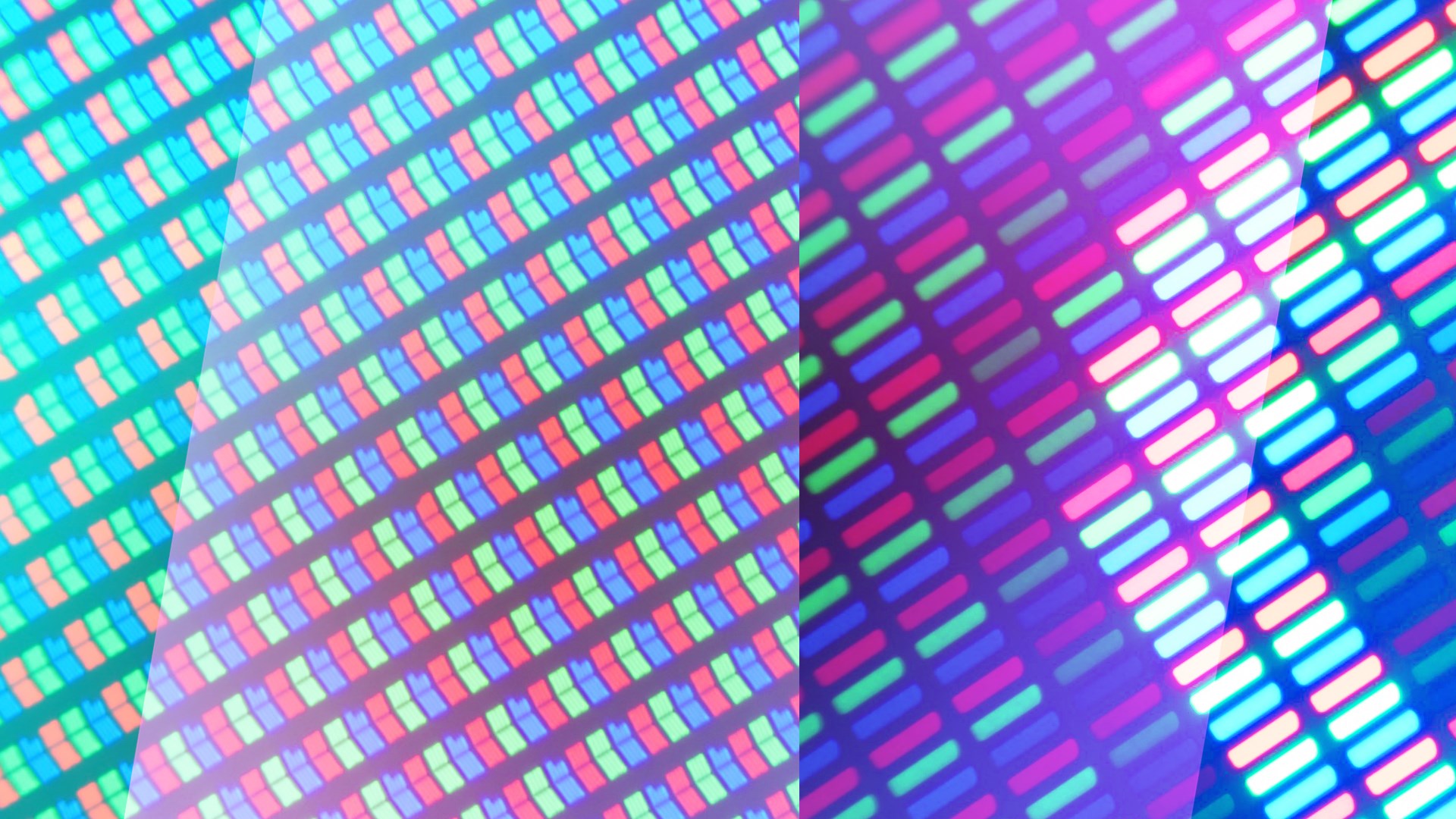
With that said, the prevalence of the issues among reviewers, and the speed at which they’ve been encountered, is concerning.
Unless these journalists have been particularly unfortunate, the problems they’ve found will be apparent on some of the thousands of phones that hit the masses. Whether that’s a handful or an overwhelming majority will decide the Galaxy Fold’s fate.
The screen on my Galaxy Fold review unit is completely broken and unusable just two days in. Hard to know if this is widespread or not. pic.twitter.com/G0OHj3DQHw— Mark Gurman (@markgurman) April 17, 2019
What has Samsung’s response been?
We reached out to Samsung while writing this piece and received the following response:
A limited number of early Galaxy Fold samples were provided to media for review. We have received a few reports regarding the main display on the samples provided. We will thoroughly inspect these units in person to determine the cause of the matter.Separately, a few reviewers reported having removed the top layer of the display causing damage to the screen. The main display on the Galaxy Fold features a top protective layer, which is part of the display structure designed to protect the screen from unintended scratches. Removing the protective layer or adding adhesives to the main display may cause damage. We will ensure this information is clearly delivered to our customers.
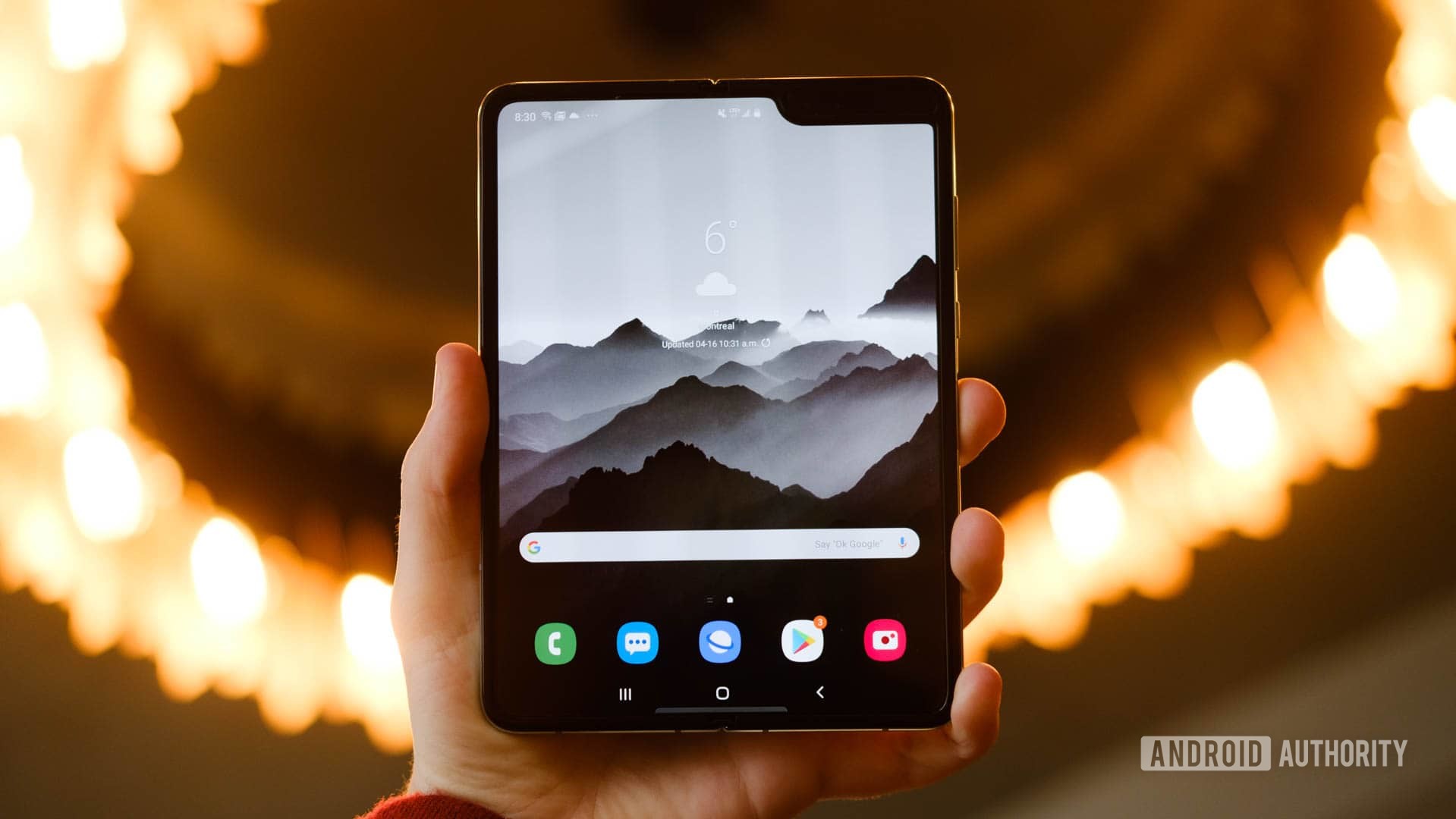
It’s good to see Samsung distinguish between the reviewers who removed the screen film and those who didn’t, rather than try to sweep the worries away as if they were all one and the same.
The “unintended scratches” line is a bit of misdirection, however. Nobody has kicked up a fuss about scratches: broken screens are the problem here.
What will Samsung do next?
Although Samsung has not released any information as to why The Verge’s and CNBC’s units became defective, the company has pushed back the release of the Galaxy Fold. This news might disappoint those who pre-ordered the device to be delivered on April 26, at least this several week delay should guarantee them a more reliable handset.
Below is the company’s full statement on the matter:
We recently unveiled a completely new mobile category: a smartphone using multiple new technologies and materials to create a display that is flexible enough to fold. We are encouraged by the excitement around the Galaxy Fold.While many reviewers shared with us the vast potential they see, some also showed us how the device needs further improvements that could ensure the best possible user experience.To fully evaluate this feedback and run further internal tests, we have decided to delay the release of the Galaxy Fold. We plan to announce the release date in the coming weeks.Initial findings from the inspection of reported issues on the display showed that they could be associated with impact on the top and bottom exposed areas of the hinge. There was also an instance where substances found inside the device affected the display performance.We will take measures to strengthen the display protection. We will also enhance the guidance on care and use of the display including the protective layer so that our customers get the most out of their Galaxy Fold.We value the trust our customers place in us and they are always our top priority. Samsung is committed to working closely with customers and partners to move the industry forward. We want to thank them for their patience and understanding.
As you read in the statement, the South Korean company plans to strengthen the display protection and implement measure to ensure customers are fully aware of the protective layer covering the screen.
To reduce problems related to the screen protector, Samsung can only make sure this “do not remove” message is abundantly clear on the Galaxy Fold’s packaging. If it learns there is a deeper screen-related problem, it’s going to have to take more serious measures.
PSA: There’s a layer that appears to be a screen protector on the Galaxy Fold’s display. It’s NOT a screen protector. Do NOT remove it.I got this far peeling it off before the display spazzed and blacked out. Started over with a replacement. pic.twitter.com/ZhEG2Bqulr— Marques Brownlee (@MKBHD) April 17, 2019
If the mechanical problem is too prevalent or would take too much time and too many resources to fix, Samsung may cancel the device altogether. That’s only a remote possibility at this point — again, this may simply be a case of one or two faulty pre-production units getting out to reviewers.
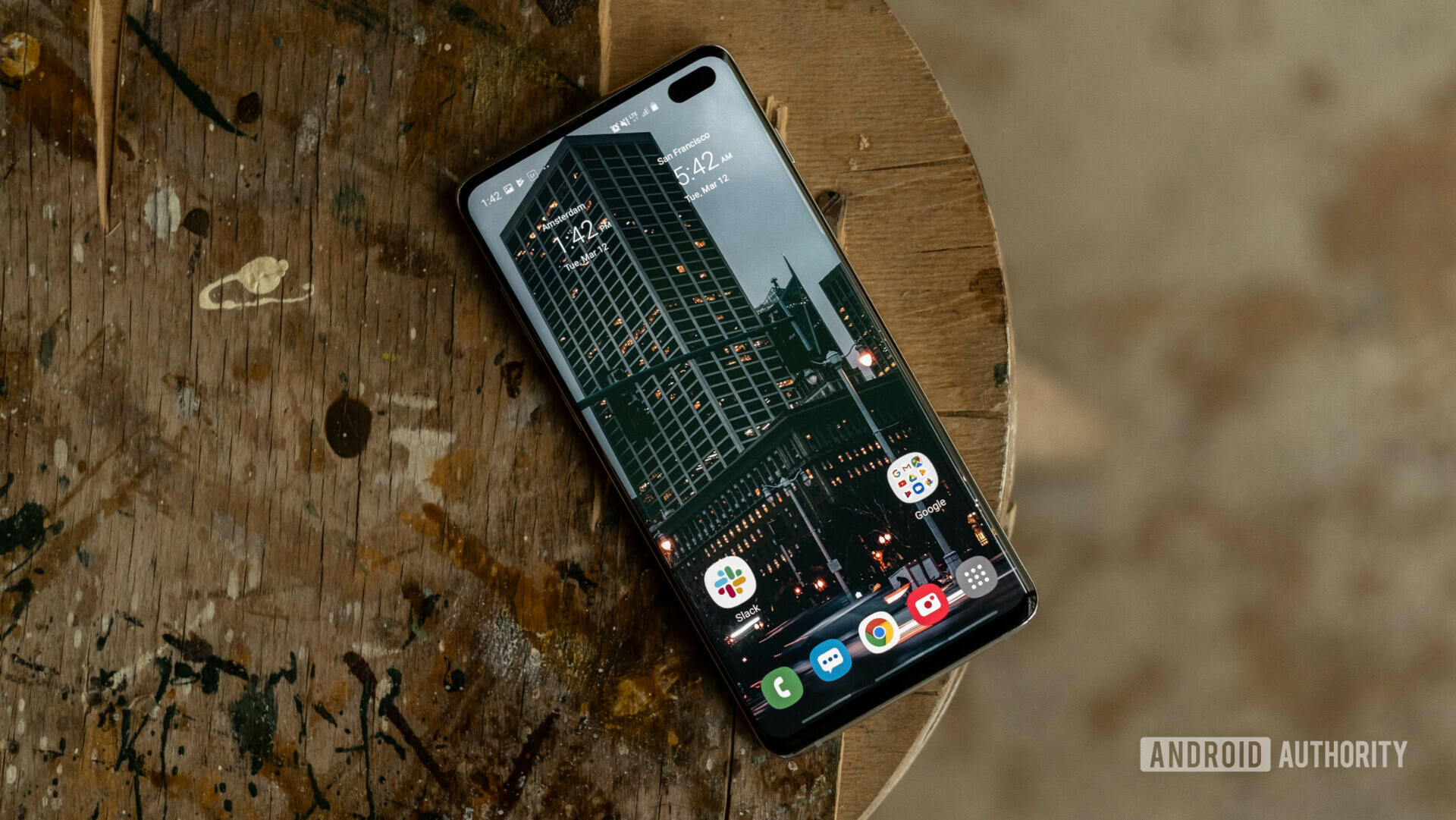
But it’s a possibility nonetheless. When Samsung was developing the folding technology, its durability was a key concern; maybe it has rushed to market before completely addressing this.
We don’t often see multiple issues like this occur with review units. The Galaxy Note 7 received rave reviews before it got into the public’s hands and its overheating problem came to light. It was later canceled over the same issue.
A faulty display isn’t on the same level as a phone that catches fire in terms of human threat, but Samsung won’t want to deal with potentially numerous Galaxy Fold returns — and more angry fans. A cancelation might be its best course of action.

Final thoughts
Samsung previously said its flexible displays could survive being folded 200,000 times. Its testing procedure was intended to simulate 100 folds per day across five years. Some of these early units have lasted less than 48 hours.
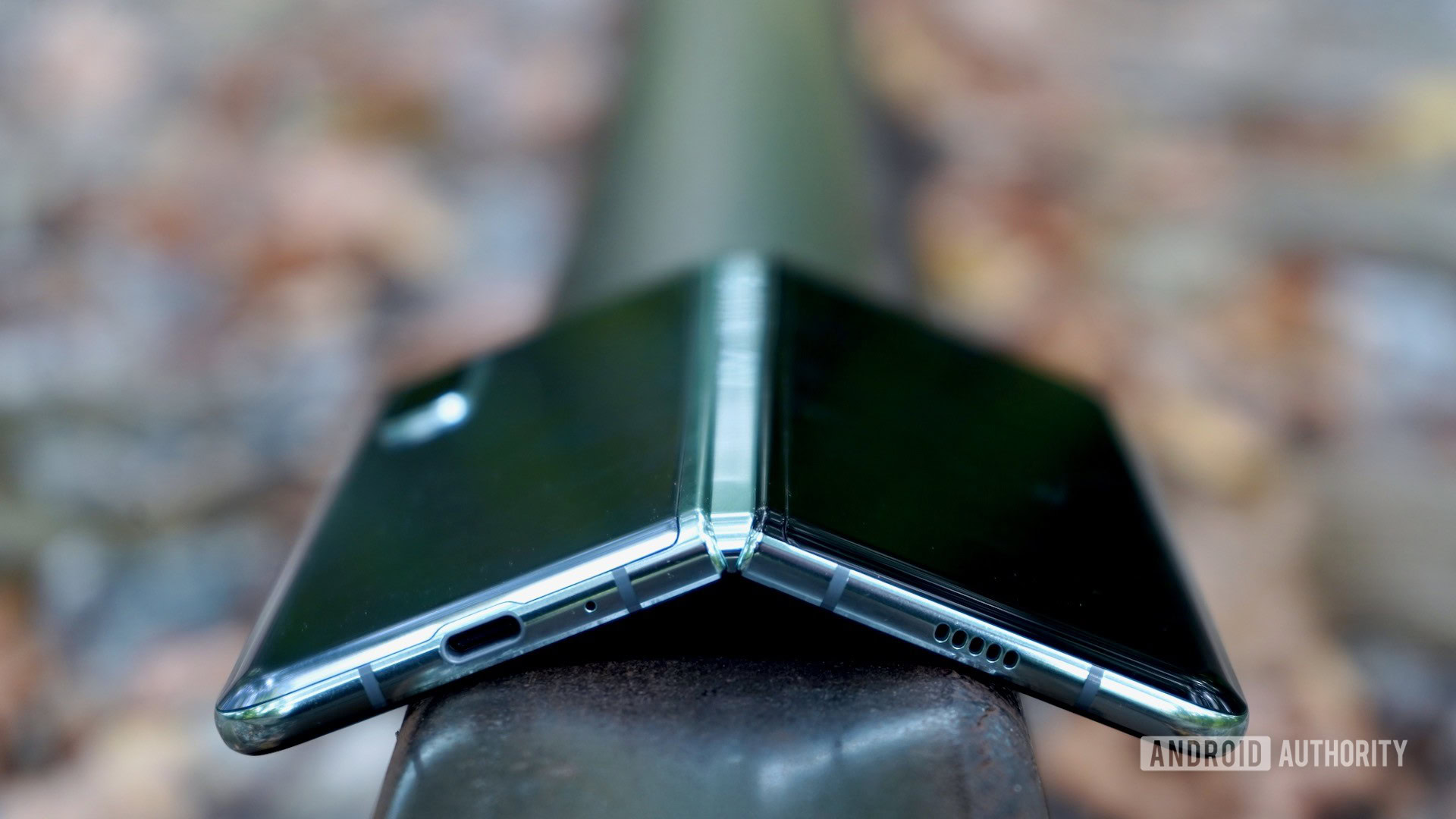
Whether this is reason for widespread concern or not, something that’s immediately clear is the Fold’s protective screen layer does more than defend against scratches. While it’s unlikely Samsung relies on this layer to guarantee the screen remains in good working order, we’re yet to ascertain just how critical it is. Or if it can be compromised by something other than a person actively peeling it off.
If the worst happened, and Samsung was forced to cancel the Fold, I suspect it would come out of the situation relatively unscathed. Although there’s much to gain from being early to market, the Fold’s loss may not affect the company’s bottom line to any great extent. Don’t forget, Samsung canceled the Note 7 and the same year saw record profits. Samsung remained, through that time and to this day, the biggest global smartphone OEM.
Thank you for being part of our community. Read our Comment Policy before posting.